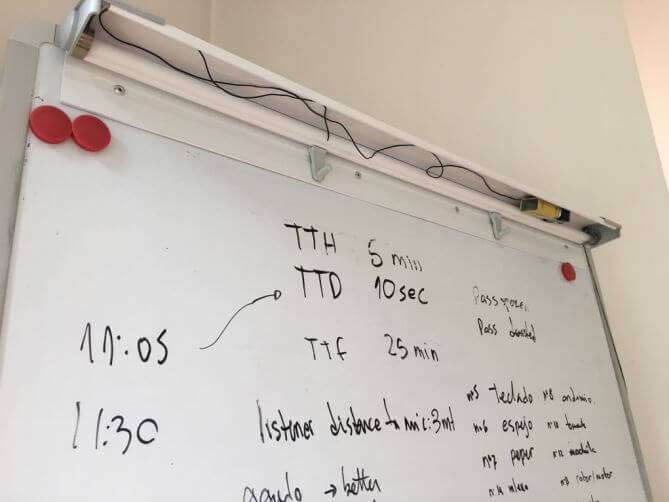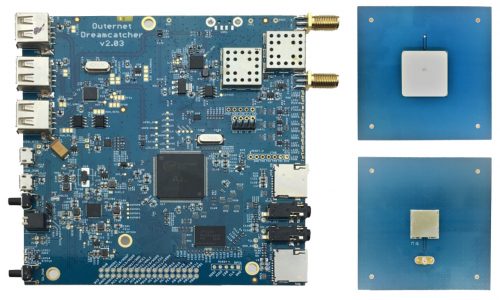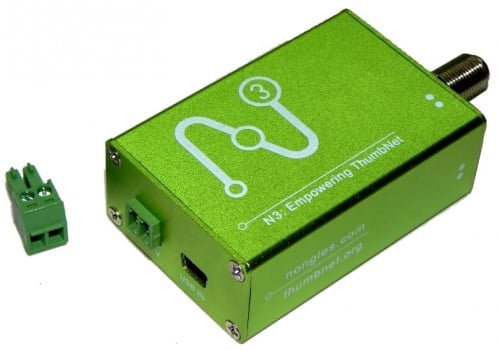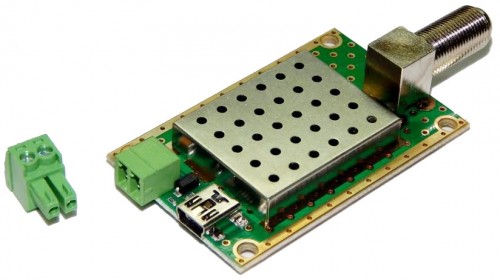Salamandra: A modern study of microphone bugs operation and detection with an RTL-SDR
A couple of weeks ago we posted about Salamandra, an RTL-SDR compatible piece of software which can be used to help detect and locate microphone bugs that are used for spying. Recently we discovered that the two authors of Salamandra, Veronic Valeros and Sebastian Garcia both from the MatesLab Hackerspace in Buenos Aires, Argentina have written a paper on their experiences with microphone bugs, and about the development of Salamandra. The abstract reads:
In 2015, artist Ai Weiwei was bugged in his home, presumably by government actors. This situation raised our awareness on the lack of research in our community about operating and detecting spying microphones. Our biggest concern was that most of the knowledge came from fictional movies. Therefore, we performed a deep study on the state-of-the-art of microphone bugs, their characteristics, features and pitfalls. It included real life experiments trying to bug ourselves and trying to detect the hidden mics. Given the lack of open detection tools, we developed a free software SDR-based program, called Salamandra, to detect an locate hidden microphones in a room. After more than 120 experiments we concluded that placing mics correctly and listening is not an easy task, but it has a huge payoff when it works. Also, most mics can be detected easily with the correct tools (with some exceptions on GSM mics). In our experiments the average time to locate the mics in a room was 15 minutes. Locating mics is the novel feature of Salamandra, which is released to the public with this work. We hope that our study raises awareness on the possibility of being bugged by a powerful actor and the countermeasure tools available for our protection.
The paper first outlines the history of microphone bugs and tries to dispel some of the myths about them which originate from movies and other fictional sources. They then perform a survery of the current state-of-the-art microphone bugging techniques, and later go on to discuss the development of Salamandra and some experiments that they performed with it.
In their experiments they show that the Salamandra software and RTL-SDR is able to outperform a commercial bug detector. They also performed several real world simulations where one researcher would hide a bug in a room, and then another would have to use Salamandra to determine if a bug was present, and then locate it using the location feature of Salamandra. They concluded that Salamandra was a very useful tool as they were able to detect the location of the bugs in under 40 minutes in 4/5 tests.






